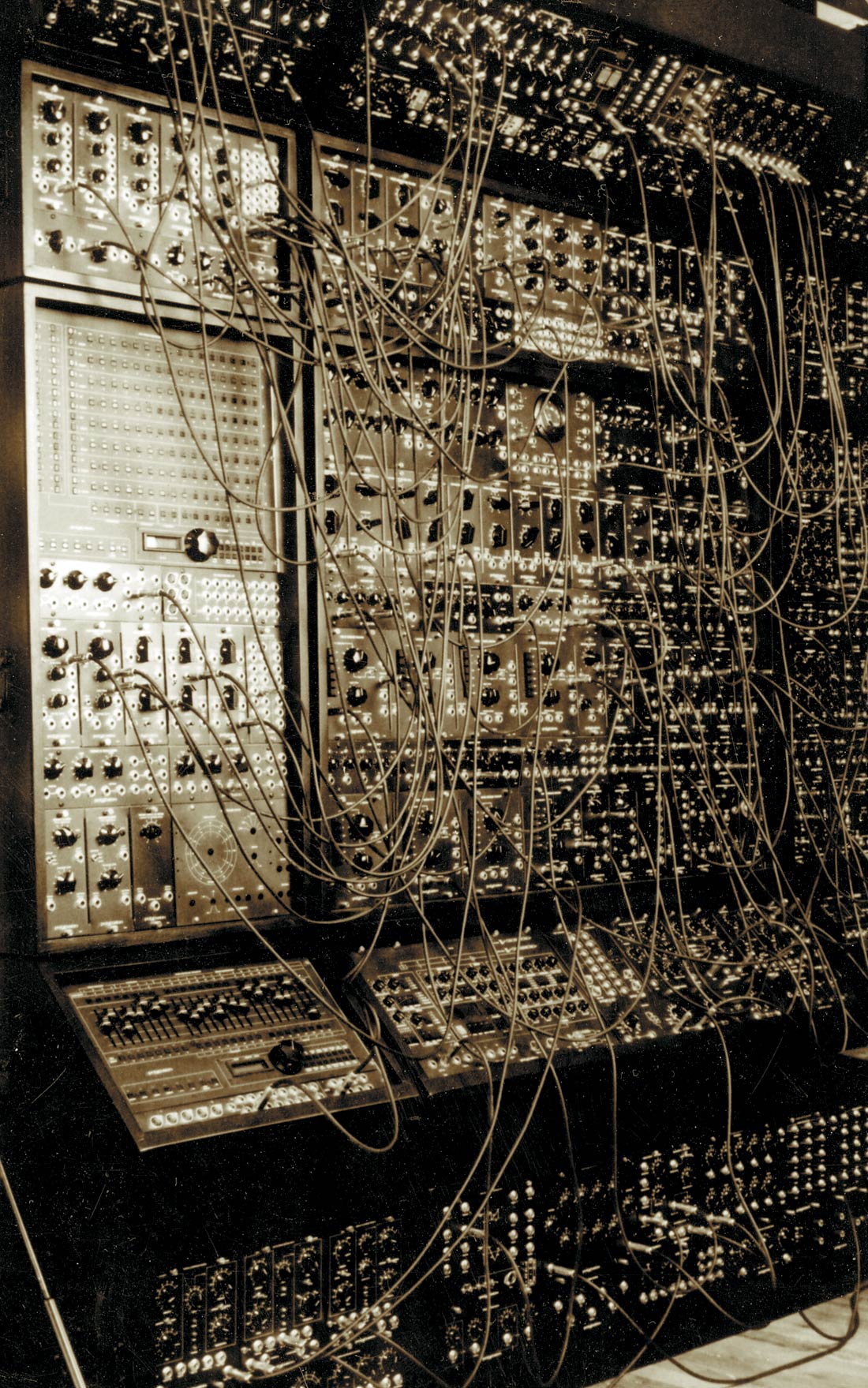Needing a good dual channel pre for stereo recording, I recently purchased a DRS-2 from Phoenix Audio UK. Although it's an original design, the DRS-2 has some Neve heritage; its Marconi switches are pure retro, and one of its creators is David Rees, who worked on the mighty 2254 compressor. So does it have that Neve sound? Well, on male vocals it was similar to my Brent Averill Neve 1272, at least on first listening. Both preamps were richly colored, giving a big, thick, sound; but the DRS-2 was a little clearer and also louder at the same nominal gain settings. However, on closer listening, I could hear that the high frequencies on the DRS-2 were airier and less colored, making the 1272 seem slightly muffled in comparison. What also struck me was the amazing bass response on the Phoenix unit; it was picking up low sounds that I wasn't even hearing through the 1272. This extended frequency response (it's flat within half a decibel between 20 Hz and 25 kHz) was even more apparent when I compared the DIs on both units; the DRS-2 simply smoked the 1272, sounding richer, punchier, and much more responsive, both on bass and guitar.
To see how it'd handle stereo recording, I tried it on classical and steel string acoustics using two Neumann KM 184 condenser mics. The KM 184 can be a little sharp sounding with more transparent preamps, but the subtle coloration of the DRS-2 smoothed out the sound of the mic perfectly. Because it has up to 80 dB of gain available, the preamp also handled even the quietest playing, and its stereo imaging was solid, with levels evenly matched between both channels. Although I didn't have a passive ribbon mic to try out those 80 dB's to the fullest, with a Royer R-122 the sound was gorgeously detailed-in fact, the best I've heard for steel string acoustics.
The DRS-2 has transformers on the outputs but not on the inputs, which might be one reason for its detailed sound. The transformerless inputs certainly make the DRS-2 nice and crisp on percussion of all sorts-on snare it's tight and snappy, while on overheads it captures just the right amount of room sound. But as well as being beautiful sounding, this is a well laid out unit; the front-panel XLR inputs, for instance, are a thoughtful ergonomic feature. What's even more useful is that the rear XLR's aren't disconnected when you plug a mic into the front inputs, which means you can run two mics through the same channel (with the ample +24 dB headroom handling the extra signal easily). I had great fun using this to get new sounds using two different mics through a single channel on the same source.
All in all, I can't recommend this one highly enough; although I still reach for the 1272 when I need some extra color or want to thicken up weak vocalists, the DRS-2 has become my workhorse preamp for guitars and vocals, and I'm never less than satisfied with the sound.




_disp_horizontal_bw.jpg)